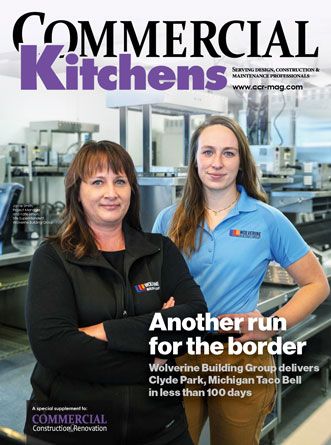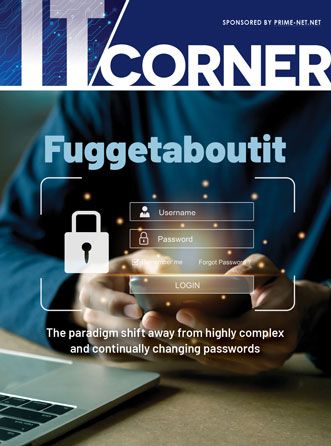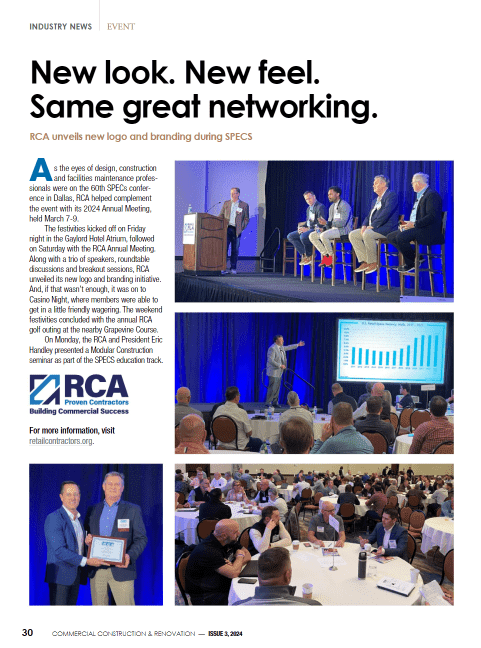The commercial real estate industry is under serious pressure. The COVID-19 pandemic has slowed the economy to historic levels and remote working, once thought to be a drag on worker productivity, is proving an unqualified success in many cases. These twin challenges could produce a devastating one-two punch in the form of short-term business closures and a long-term rethinking of how much space is truly necessary in a post-pandemic world. In addition to these market pressures, the commercial real estate industry is facing new regulatory challenges in several major markets. In 2019, both New York City and Washington, D.C. passed landmark building emissions laws designed to jumpstart the market for energy efficient retrofits. Although each city’s law offers different mechanisms, the result is the same: Building owners must make their properties more energy efficient or face tough financial penalties. New York City and Washington, D.C. are only two markets, albeit major ones, but other cities are clearly looking at these two laws as they craft their own climate plans.
The commercial building owners that endure these market and regulatory challenges will do so by adapting quickly and extracting as much value as they possibly can from their assets. The value of energy efficiency – high return on investment, decreased operating costs, more marketable properties, increased environmental resiliency – is as well documented as the challenges to implementing it. The building emissions laws in New York City and Washington, D.C. provide financial penalties for non-compliance, but do not address the chief barrier to fully unlocking the commercial retrofit market: The landlord-tenant split incentive.
The split incentive, in which the building owner pays for upgrades but the tenants pay the utility bills, thus reaping the rewards, is the most common commercial lease structure and has long stood in the way of deep energy retrofits in tenant-occupied commercial space. The problem with cracking the split incentive is that this lease structure is extremely beneficial to commercial landlords because it allows them to push much the building’s operating risk onto their tenants. In a NNN lease, most common among commercial tenants that occupy large footprints, the tenant pays for utilities, property taxes, maintenance and insurance in addition to rent. Rent for these leases is typically lower, but they’re popular with landlords and investors because they produce steady, low-risk cashflows.
NNN leases were designed to reduce risk for building owners, but, as landlords enter this new paradigm of market and regulatory pressures, these leases are limiting their ability to adapt. With offices reopening in parts of the country, landlords and tenants are facing the high costs of safety protocols and personal protective equipment. When it’s time to renew commercial leases, many tenants will surely wonder how much space is really necessary for their workforces given the success of remote working. Meanwhile, the new laws in New York City and Washington, D.C. are forcing building owners to make big investments to avoid hefty fines, but have not offered a way to recoup those investments. Across the board, landlords face higher costs and few ways to offset them other than raising rents.
Nationwide in 2016, according to the Building Managers and Owners Association (BOMA), the average commercial office rent was $30 per square foot, while the average operating costs including taxes were just under $13 per square foot. Of that $43 total, utility costs were just under five percent and electricity accounted for less than four percent.[1] For the tenants, committing time, energy and money to energy efficiency does not make much economic sense. If landlords were responsible for that five percent building-wide, however, they would have the financial incentive to make long-term investments. Upgraded energy systems – HVACR, lighting, building envelope, onsite renewable and storage – increase a building’s value in multiple ways. These systems decrease operating costs, improving cashflow and increasing salability. Many of the improvements, particularly HVAC, now qualify for bonus depreciation under a provision in the CARES Act of 2020, meaning that owners can depreciate 100% of the asset’s value in the first year of operations.[2] Such improvements would offer tenants a more comfortable and productive space without any investment on their part. In essence, they would be occupying upgraded space for the same rent they were previously paying.
Alternative mechanisms
Green leases are an increasingly popular solution to the split incentive because they align the interests of the tenant and the landlord and share the costs and the benefits of energy upgrades. These leases, however, need more engaged tenants and building owners to move into the mainstream. Some utility energy efficiency programs are also trying to break the split incentive. Seattle City Light, Seattle’s municipal utility, recently launched its Energy Efficiency as a Service program in which the tenant pays its utility bill, but pays at a rate that includes both the energy it actually used and an estimate of the energy it would have used had no energy upgrades been made. The utility then pays the building owner for the saved energy in the form of long-term power purchase agreement.
Both of these structures are relatively new and are gaining traction as building owners realize the need to squeeze every last bit of value from their assets. But both structures are complex and require tenants and building owners to willingly engage on a deep level in activities outside of their primary business operations. Simpler solutions are possible. Lease structures, for example, in which the tenant is charged a flat fee for utilities indexed to the cost of energy could provide a relatively simple answer. As stated earlier, utilities account for less than five percent of tenant costs, so fixing this cost in exchange for a more comfortable, productive space should not impact a tenant’s operations or bottom line. With tenants paying a fixed fee for utilities, building owners could invest in long-term projects to lower energy costs, pocketing the difference. This would give them the incentive to invest in their buildings, increase value and salability while mitigating the risk of taking responsibility for utilities.
The tenant-landlord split incentive has persisted because, outside of cyclical recessions, the commercial real estate industry has not before faced existential threats. The consequences of COVID-19 pandemic, coupled with emerging building emissions regulations in key markets, are exerting intense pressure on the industry on multiple fronts. This is far from a niche perspective: In March, billionaire investor Carl Icahn shorted the commercial mortgage bond market, essentially betting big against the commercial real estate industry, saying, “You’re going to have this blow up, too, and nobody’s even looking at it.” To survive this new environment building owners are going to need to adapt and do so quickly. The best way to achieve this flexibility and unlock every aspect of a building’s value is to finally crack the landlord-tenant split incentive.
About the Author: John Sheff is Director of Public and Industry Affairs, Danfoss.
#danfoss
[1] https://www.boma.org/BOMA/Research-Resources/3-BOMA Spaces/Newsroom/Press_Room/2017/PR072717.aspx
[2] https://news.bloombergtax.com/daily-tax-report/insight-questions-about-how-to-capture-missed-bonus-depreciation







 The 2024 virtual Men’s Round Table will be held Q4, 2024, date TBD.
The 2024 virtual Men’s Round Table will be held Q4, 2024, date TBD.











